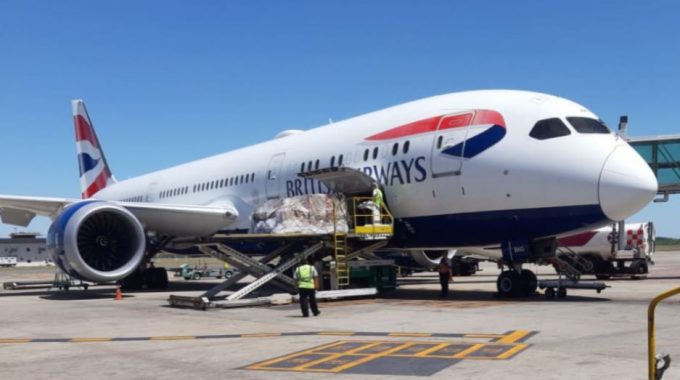US CBP sees 90% fall in revenue last month; airfreight sees ecomm slide
February may have been the month in which the US suspended its de minimis exemption ...

IAG Cargo plans to roll out spot rates on its website and through its API partners to guarantee best prices, it revealed during its market update webinar last week.
Camilo Garcia Cervera, chief sales and marketing officer at IAG Cargo, said the best rate would always be available online from the first quarter of 2024, and the decision to launch the service had been based on direct feedback from cargo customers.
“We have listened, and we have acted,” he said, “we are ...
Trump tariffs see hundreds of cancelled container bookings a day from Asia
'Disastrous' DSV-Schenker merger would 'disrupt European haulage market'
'To ship or not to ship', the question for US importers amid tariff uncertainty
'Chaos after chaos' coming from de minimis changes and more tariffs
List of blanked transpac sailings grows as trade war heats up and demand cools
EC approves DSV takeover of DB Schenker
Shippers in Asia restart ocean shipment bookings – but not from China
Forto 'sharpens commercial priorities' as it lays off one-third of staff
India withdraws access for Bangladesh transhipments, in 'very harmful' decision
'Tariff hell' leaves industries in limbo – 'not a great environment to plan'
IndiGo fleet expansion plan will include a major push to boost cargo volumes
Pre-tariff rush of goods from US to China sees air rates soar, but not for long


Comment on this article